Author(s): Joyce Carol Thomas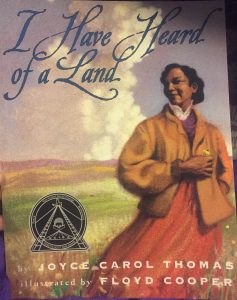
Illustrator/Photographer: Floyd Cooper
Publisher and Year: HarperCollins Publishers in 1998
Number of Pages: 26
Genre: Historical Fiction
Analysis:
This book is about an African American woman who is travelling westward to claim land in Oklahoma. It describes the challenges that African American pioneer women faced, like having to sleep in a sod hut with a saddle as a pillow, but it also illuminates the pride and freedom that they now have. The story is based on the westward movement in the 1880s, and more specifically, the author’s own family experiences while moving to Oklahoma.
The illustrations in this story both mirror and add to the text of the story. For example, the illustrations describe what the text is saying, but in more detail. Also, every illustration covers the entire page, there is no white space on any page, therefore, every image is unframed. This causes the reader to feel like they are there experiencing the westward movement with the characters. The colors of the images are all shades of brown which give an earthy and powerful mood to the story, but the darker shades of brown portrays a more serious and sorrowful mood. I also noticed that the main character is usually facing or looking to the right of the page which can symbolize her determination to keep moving until she finds her own piece of land.
This story can be used as a mirror to teach children about the Oklahoma Land Runs which allowed not only African Americans to settle and gain land, but also single women. I believe it could also be a window for children to begin to learn about the hardships that African Americans, especially females, were facing at this time in history. I also believe that it could be a mirror for African American females because not often are African American women depicted in literature as tough, hard-working, and independent. This story also touches on the idea of self-perseverance and personal journeys by the way that the main character never gives up on her westward journey even though she may face unexpected challenges along the way. Therefore, I believe this could function as a door to encourage children to always follow their dreams, but also realize that it will not be easy and it will take a lot of hard work and determination but it is worth it. All in all, this story is did a great job of retelling an often looked over event in history that gave African Americans and females the chance at freedom and opportunity.

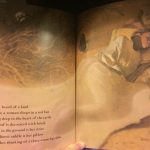
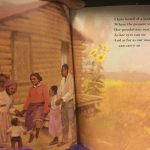
 Author(s): Eve Bunting
Author(s): Eve Bunting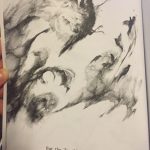
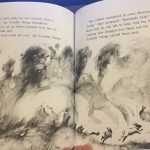


![2016-05-10_00.50.24[1]](https://blogs.iwu.edu/lrbmt2016/files/2016/05/2016-05-10_00.50.241-300x239.jpg)
![2016-05-10_00.49.13[1]](https://blogs.iwu.edu/lrbmt2016/files/2016/05/2016-05-10_00.49.131-300x264.jpg)